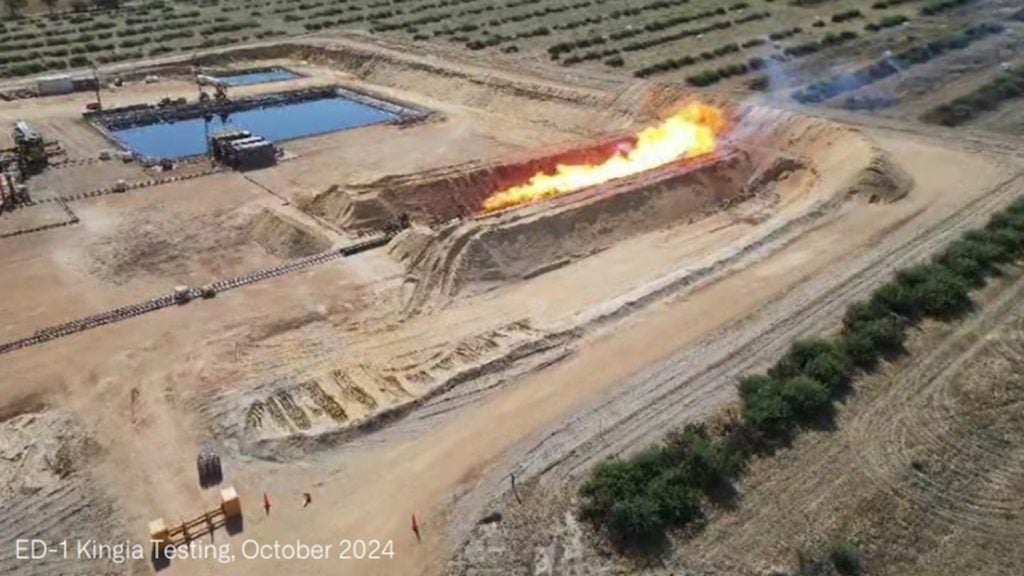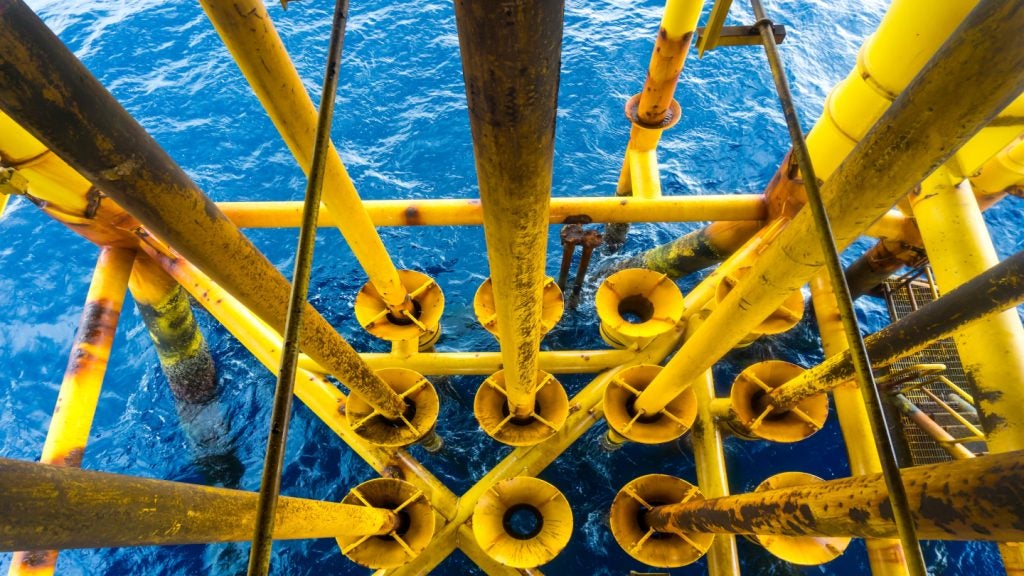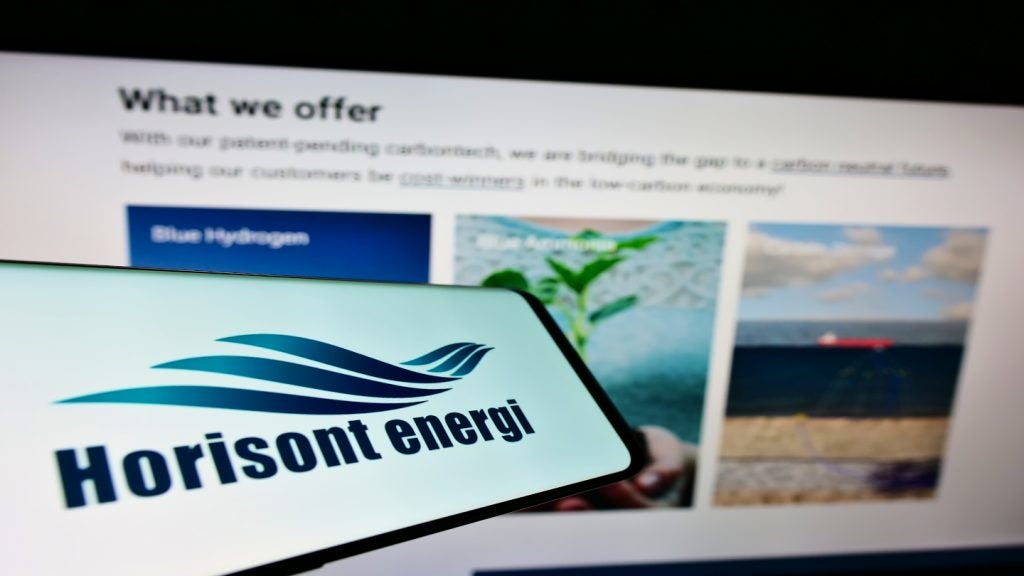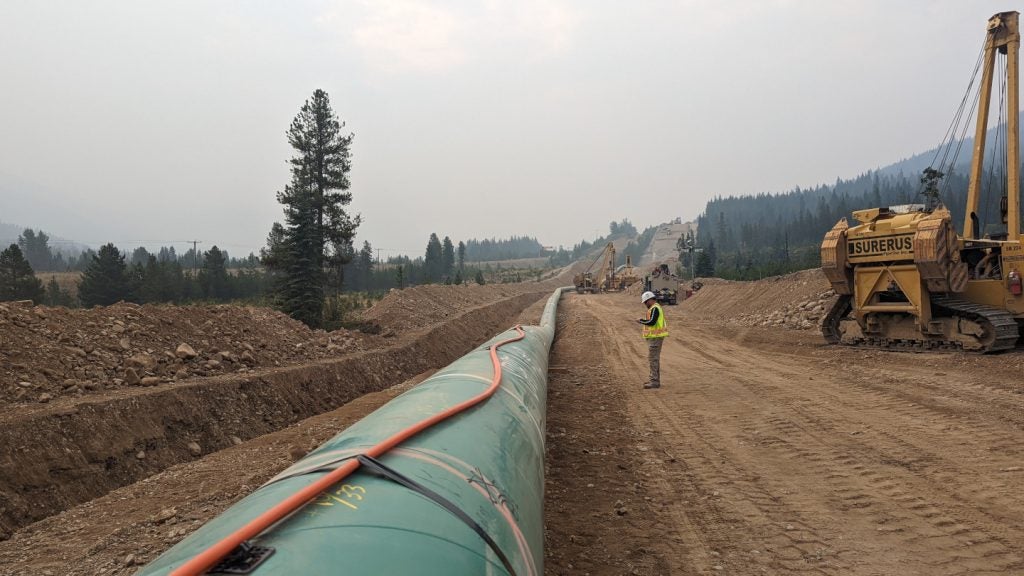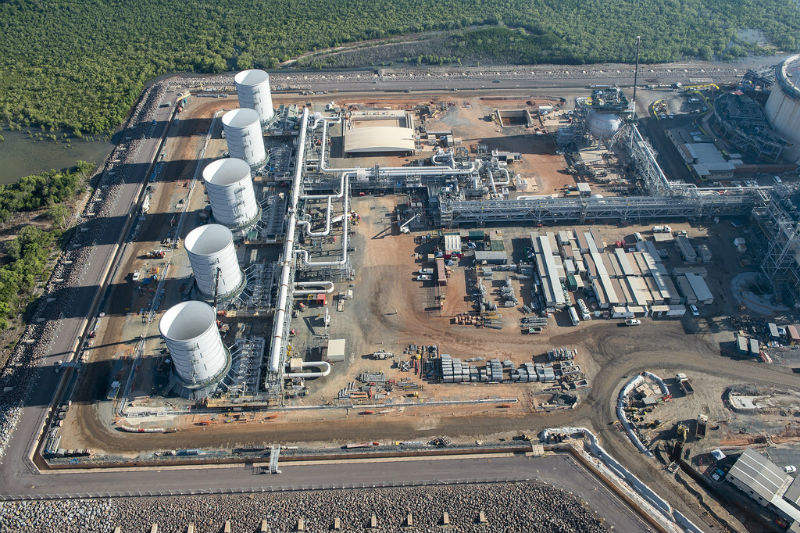
The first liquefied natural gas (LNG) shipment has officially left the Ichthys LNG project, destined for Inpex’s Naoetsu natural gas terminal in Niigita, Japan.
The delivery of first gas from the project proves the success of large-scale gas investments, adding billions of dollars to the Australian economy as a result.
“The first cargo from Ichthys LNG is a historic moment for Inpex Japan and Australia. It demonstrates our commitment to being a safe, reliable long-term energy supplier,” said Seiya Ito, Inpex Australia president and director.
“Ichthys is an iconic project for Australia. With an operating life of around 40 years, Ichthys LNG will be delivering benefits to the Australian economy and community for decades to come.”
Field discovery and development
What is the Ichthys LNG project and how has it developed since the first gas discovery in 1980?
The $40bn Ichthys project, located 220km off the coast of Western Australia and operated by Japanese energy giant Inpex, pumps natural gas from the Ichthys field to the Bladin Point onshore processing facility in Darwin, Australia.
How well do you really know your competitors?
Access the most comprehensive Company Profiles on the market, powered by GlobalData. Save hours of research. Gain competitive edge.

Thank you!
Your download email will arrive shortly
Not ready to buy yet? Download a free sample
We are confident about the unique quality of our Company Profiles. However, we want you to make the most beneficial decision for your business, so we offer a free sample that you can download by submitting the below form
By GlobalDataAustralian petroleum company Woodside Petroleum first drilled into the Ichthys field in 1980, establishing the Brewster 1A exploration well. In 1998, Inpex acquired the rights to drill the field and soon began exploration endeavours.
At the time of its conception, Inpex received criticism over the Ichthys LNG project due to the company’s decision to build a gas pipeline from wells located 890km offshore to Darwin, rather than building a processing facility in Western Australia – a move deemed easier by Inpex.
The Ichthys field has estimated proven reserves 12.8 trillion cubic feet of natural gas, as well as 70.7 million tonnes of oil.
Inpex initially began production at 8.4 million tonnes of LNG per year, with the intention to gradually increase this to 8.9 million tonnes per year, equal to just over 10% of Japan’s annual LNG import volume. Of this, around 70% of the LNG will be sold on the Japanese energy market.
The Ichthys project is also capable of producing 1.65 million tons of liquefied petroleum gas each year and around 100,000 barrels of condensate oil per day, at peak production.
On 1 October 2018, Inpex sent its first shipment of condensate to Singapore.
Ichthys LNG project stakeholders and contributors
Inpex is the majority stakeholder of the Ichthys LNG project with a 62.245% working interest. French energy firm Total holds a 30% stake, while Taiwan’s CPC Corporation acquired a 2.625% stake from Inpex in 2013. The remainder is split between Japanese partners Tokyo Gas (1.575%), Osaka Gas (1.2%), Kansai Electric Power (1.2%), Jera Corporation (0.735%) and Toho Gas (0.42%).
The infrastructure was constructed by a joint venture between JGC Corporation, KBR and Chiyoda Corporation, with oilfields services companies Samsung Heavy Industries, General Electric and McDermott providing technical support.
The Pacific Breeze LNG tanker
The delivery of first gas was loaded onto the Pacific Breeze, a 300m-long Moss-type vessel with four spherical storage tanks. With a storage capacity of 182,000m2, the Pacific Breeze is considered the largest LNG vessel of its kind.
The vessel is owned by Japanese transport company Kawasaki Kisen Kaisha, or “K” Line, and chartered by IT Marine Transport, a joint venture between Inpex and Total for use on the Ichthys project. The Pacific Breeze vessel is powered by a dual-fuel diesel electric (DFDE) propulsion system.
The Pacific Breeze delivered a cooldown cargo from Singapore to Darwin on 26 April 2018, remaining in the area until its inaugural first gas voyage to Japan on 23 October.
Ichthys LNG project impact on surrounding area
Inpex and its partners noted the economic benefits and environmental challenges of the project in a 2010 Environmental Impact Statement (EIS).
“Development of the Ichthys Project promises to deliver social and economic benefits to the people of Darwin, the Northern Territory and Australia through direct and indirect employment, training and business opportunities, and the support of community activities,” Ito said in the accompanying media release.
“Economic modelling for the Ichthys Project indicates the Australian economy will benefit by an estimated $3.5 billion annually. This includes an expansion of the Northern Territory economy by an average of nearly 18% annually.”
The Ichthys project partners also donated A$3m to build the Larrakia Trade Training Centre at Darwin Business Park, which opened in 2011 and trains more than 300 students in vocational skills such as electrician training, automotive mechanics, metal fabrication, and plumbing. Inpex has also funded community events including the Australia Day Fun Run and the Darwin Harbour Clean-up Day project.
As for the impact on the environment, common challenges as noted in the EIS include leakages and waste: effects on marine life and coral reefs: greenhouse gas emissions management: and degradation to local shorelines.
In 2015, Inpex asked the Federal Government to amend its pledge to the people of Western Australia in an attempt to scrap A$30m of the A$91m promised to be re-invested in the local environment. Inpex claimed that it had overvalued the environmental impact of the Ichthys LNG project.
Northern Territory Environmental Defenders Office principal legal officer David Morris told the Guardian: “If [Inpex’s claim] is true then fantastic, but I think it’s radically premature. It’s not true to say this project hasn’t had an impact. There was large-scale habitat clearing to work on the site, and dredging in the harbour. Sometimes the long-term impacts of dredging aren’t known for many, many years.”
One of the major projects that Inpex wished to cancel was a A$24m 22-year marine megafauna management programme designed to provide Aboriginal groups with the tools to monitor and manage sea-life populations, such as dugongs, marine turtles and dolphins, and to provide compensation for environmental degradation and any other potential losses. The request was rejected by the federal government in May 2016.



